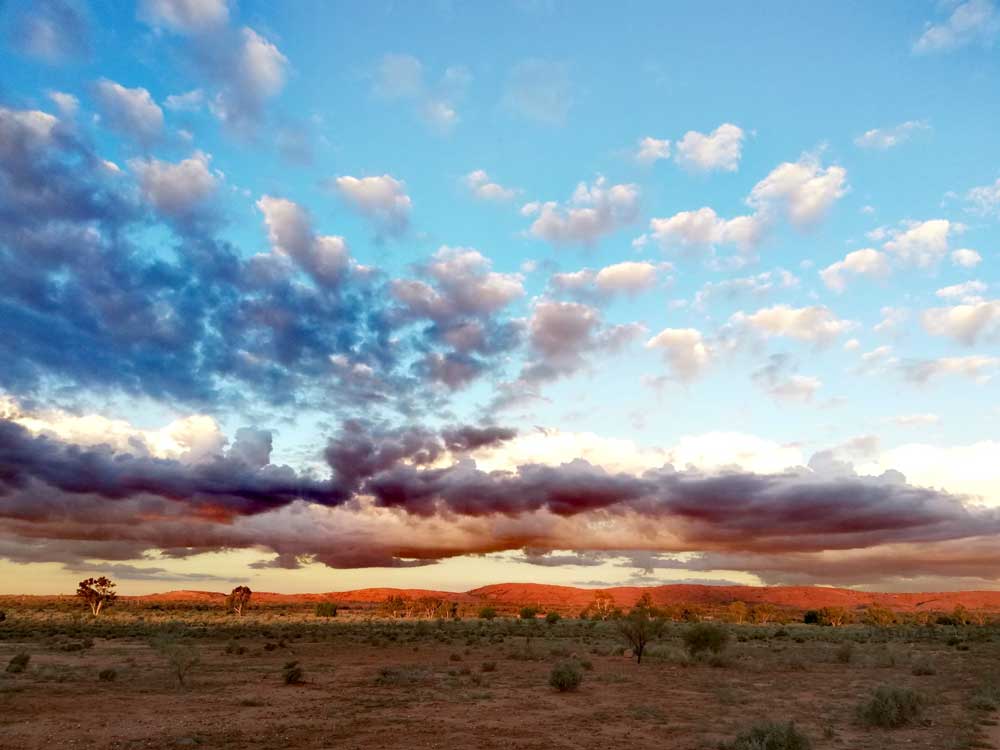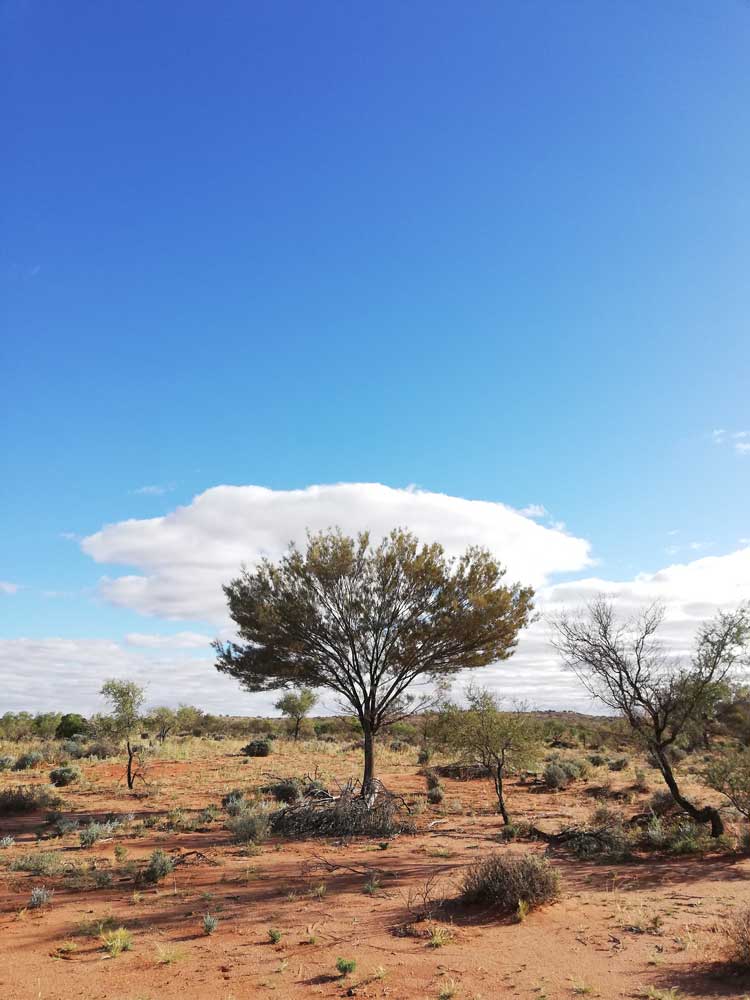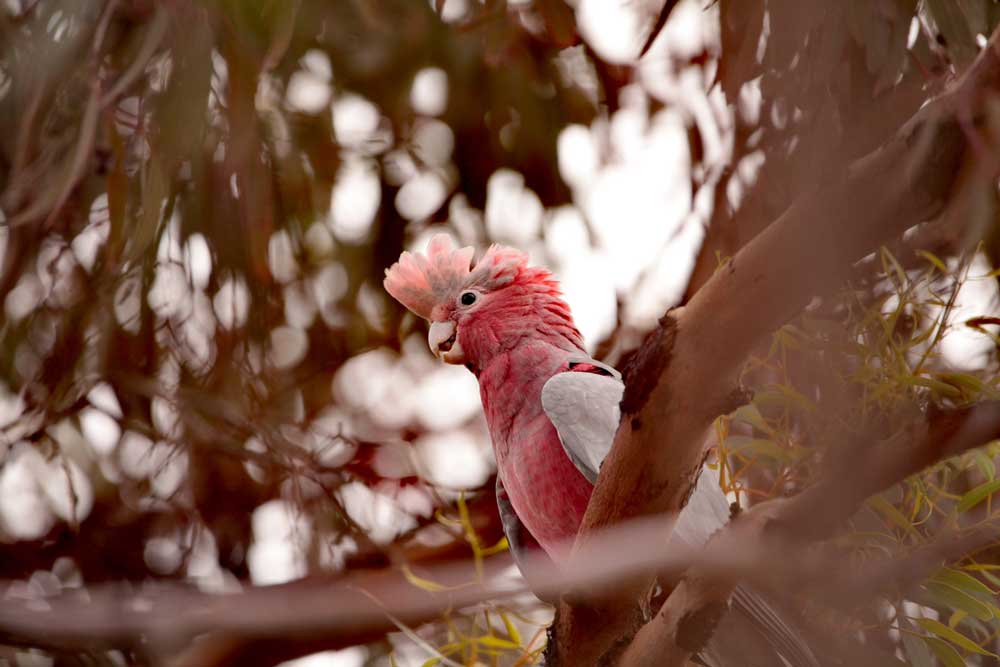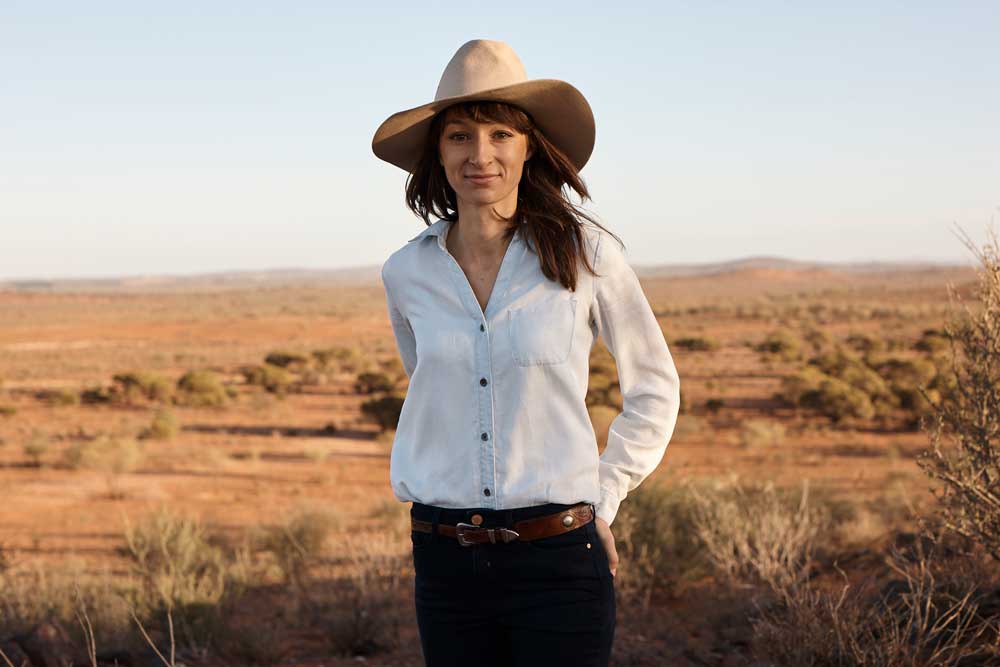By Anika Molesworth
When I go for a morning walk on my family’s farm, I feel like I come under a spell from its magic. Corellas sit among the branches of the River Red Gums, as though the trees have been sprinkled with white confetti. My dog stalks rustling sounds coming from bushes, never able to spot the bronze-bodied skinks that slip between the leaves. The air is crisp and clean, and I draw it deeply into my lungs. Living and working on a farm feels like a true privilege.
Unfortunately, there are also lots of indicators that things aren’t going well. Changing climatic conditions are disrupting species prevalence and abundance. Extreme weather events, like droughts, floods and bushfires are being more frequent and intense. Farmers are feeling financial strain from lower harvests and increased costs, and this is leading to mental stress and anxiety about what the future will hold. These challenging times are even more pronounced in developing regions of the world.
The science is very clear, that we are now crossing planetary boundaries which define the ‘safe operating space for humanity’. These global regulators include climate change, freshwater consumption, nutrient flow and species abundance and diversity. Crossing these boundaries increases the risk of generating large-scale abrupt and irreversible environmental damage. Staying within the boundaries is essential for humanity to continue to develop and thrive for generations to come.
So how do we achieve better environmental and planetary health? Well, one answer may lie in agroecological thinking and organic agricultural practices.

Although there is no one universal definition of organic agriculture, Lampkin (1994) provides a useful characterisation, with the aim of this practice being ‘to create integrated, humane, environmentally and economically sustainable production systems, which maximise reliance on farm-derived renewable resources and the management of ecological and biological processes and interactions, so as to provide acceptable levels of crop, livestock and human nutrition, protection from pests and disease, and an appropriate return to the human and other resources.’
The identification of renewable resources is important, which contends with some modern practices of using non-renewable resources such as synthetic chemicals and fossil fuels, based linear farm thinking (inputs are pumped into a system from external sources, and outputs and waste result). The excessive use of non-renewable, finite resources is a major crux of the problem, and by design, is not a sustainable production system.

As global agroecological systems are wonderfully complex and diverse, there is no one solution to solve the world’s many sustainability problems. Every region and every farmer will have different capacity and different challenges to overcome. Organic agricultural practices won’t be the answer everywhere, but these principles can make a positive difference where they are suitably engaged. Published research and anecdotal reports alike recount benefits to plant and animal diversity and abundance, soil and water quality, and overall ecosystem health. When organic practices are coupled with ‘socially just’ and ‘ecologically responsible’ mindframes and farming methods, that’s when we are well are truly on the path to agroecological sustainability.
The multifaceted nature of agricultural production and natural environment management means nuanced methods and practices will be required in different locations to help create healthy and well-functioning systems. There is a need for holistic, agroecosystem thinking, as well as locally-focused, targeted responses. We need to look at the big-picture to understand the interrelations of these complex environments. We also need practical, regionally-tailored resources and activities to help farmers at paddock level. We need to be adaptive, welcoming of new ideas, and science-based. In essence, we must work at big and small scale, learn and implement strategies together, and work with nature, not against it.

We live in a critical time, where we are choosing the fate of all future life. By understanding the importance of staying within planetary boundaries and employing the thinking and practices that achieve this, we can help create a better farming future. We must now strive to restore biodiversity in all its glory, increase forest and vegetation cover, improve soil fertility and water quality, and feed and clothe people from the best possible farming systems we can design.
The sun is rising over my family’s farm as I walk across the land contemplating how we can all work more collaboratively and effectively together. The beauty and wonder of the natural environment wills me to imagine greater and work towards creating the vision in my mind. It is a vision of healthy landscapes, vibrant biodiversity, a well functioning environment, and people closely attuned to the natural world. Agroecological thinking and organic principles hold tremendous opportunity to redesign farming systems for the better. And that’s an exciting prospect!
References:
Lampkin, N. (1994). Organic farming: sustainable agriculture in practice. N. Lamkin, S. Padel (Eds.), in The Economics of Organic Farming. An International Perspective. CABI, Oxford.
Image Credit: Christopher Morris / Anika Molesworth

Anika Molesworth is a scientist, farmer and passionate rural community and climate change advocate. She is a Founding Director or Farmers for Climate Action, Climate Wise Agriculture and author of Our Sunburnt Country. Anika’s love for her fragile land and those that depend on it has developed her core values of respect, compassion and responsibility.


